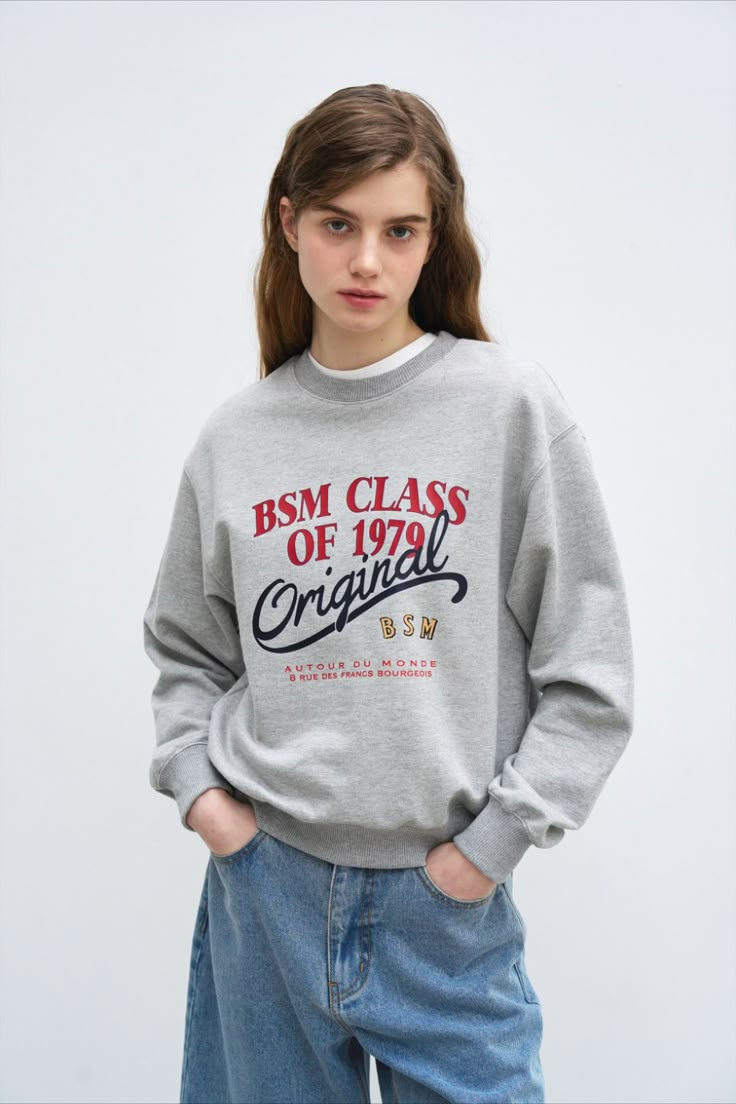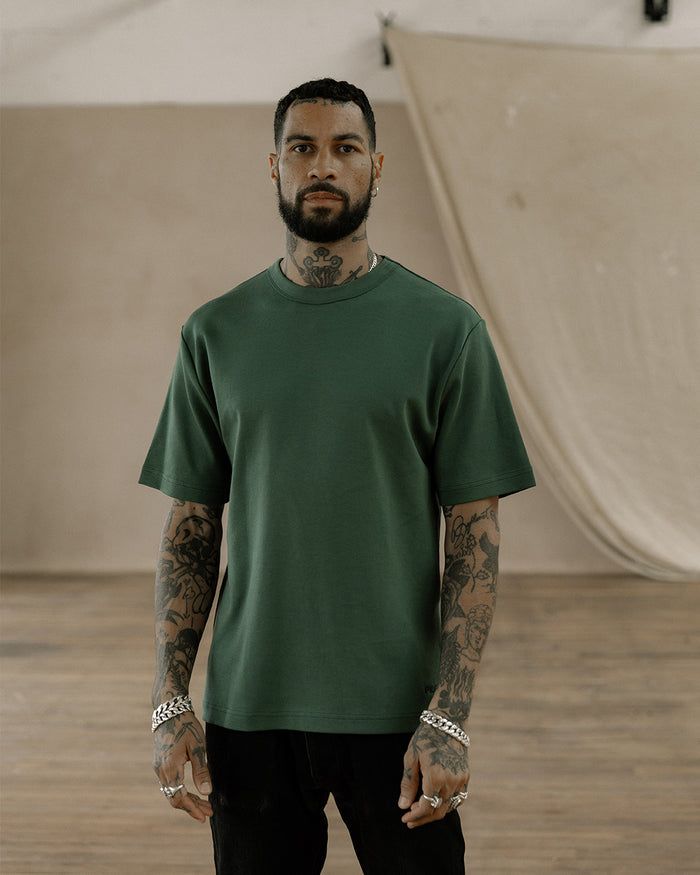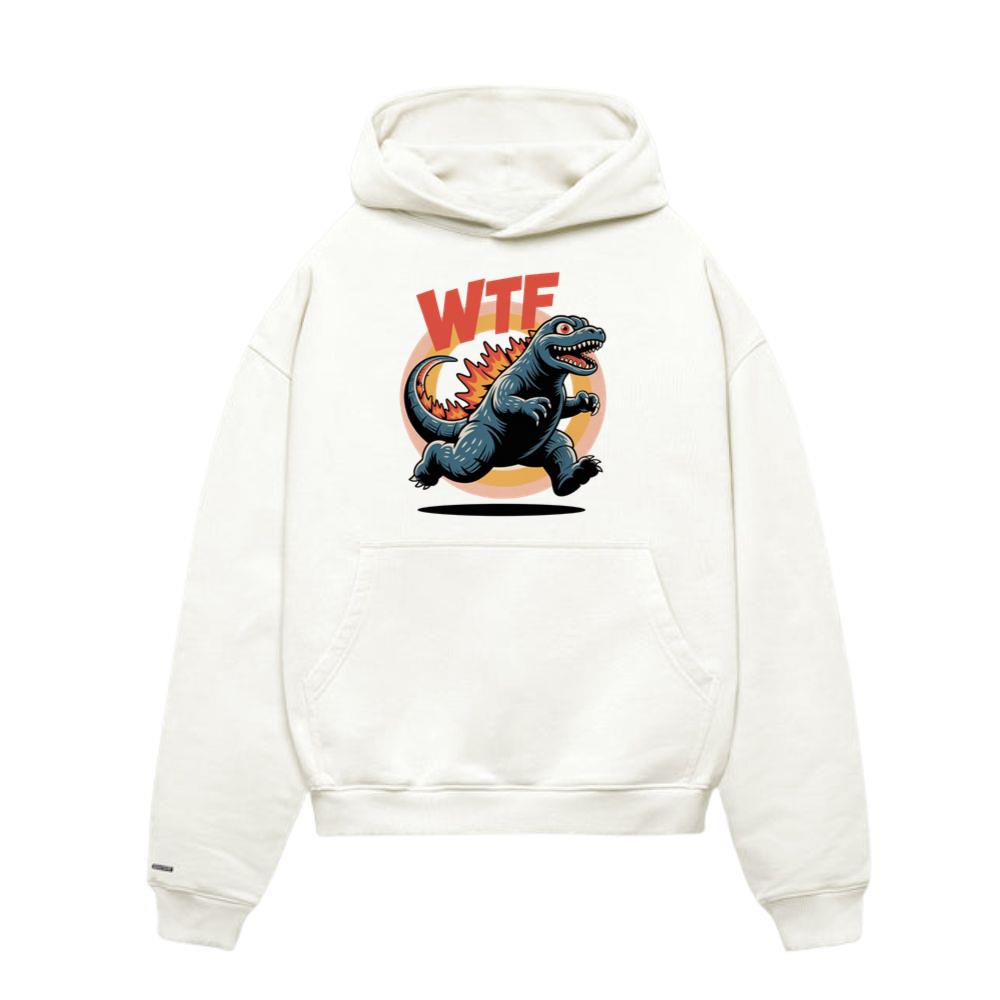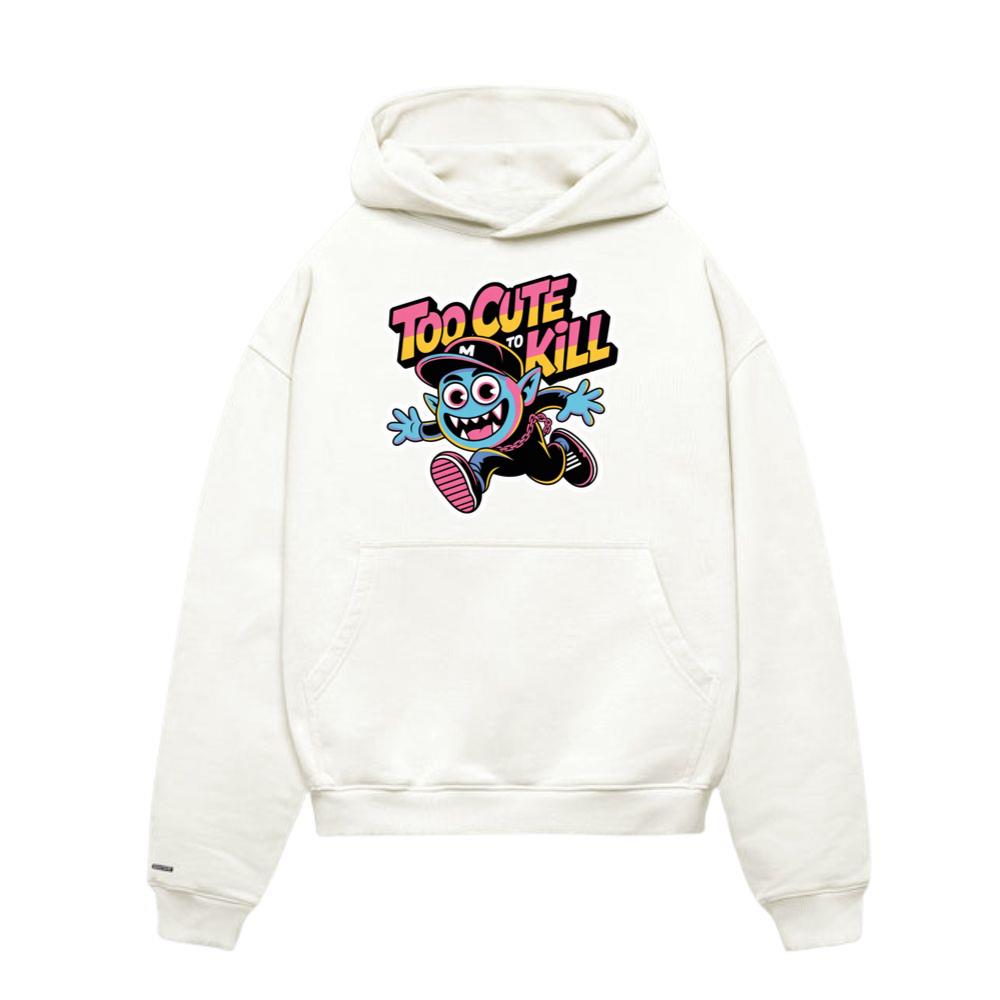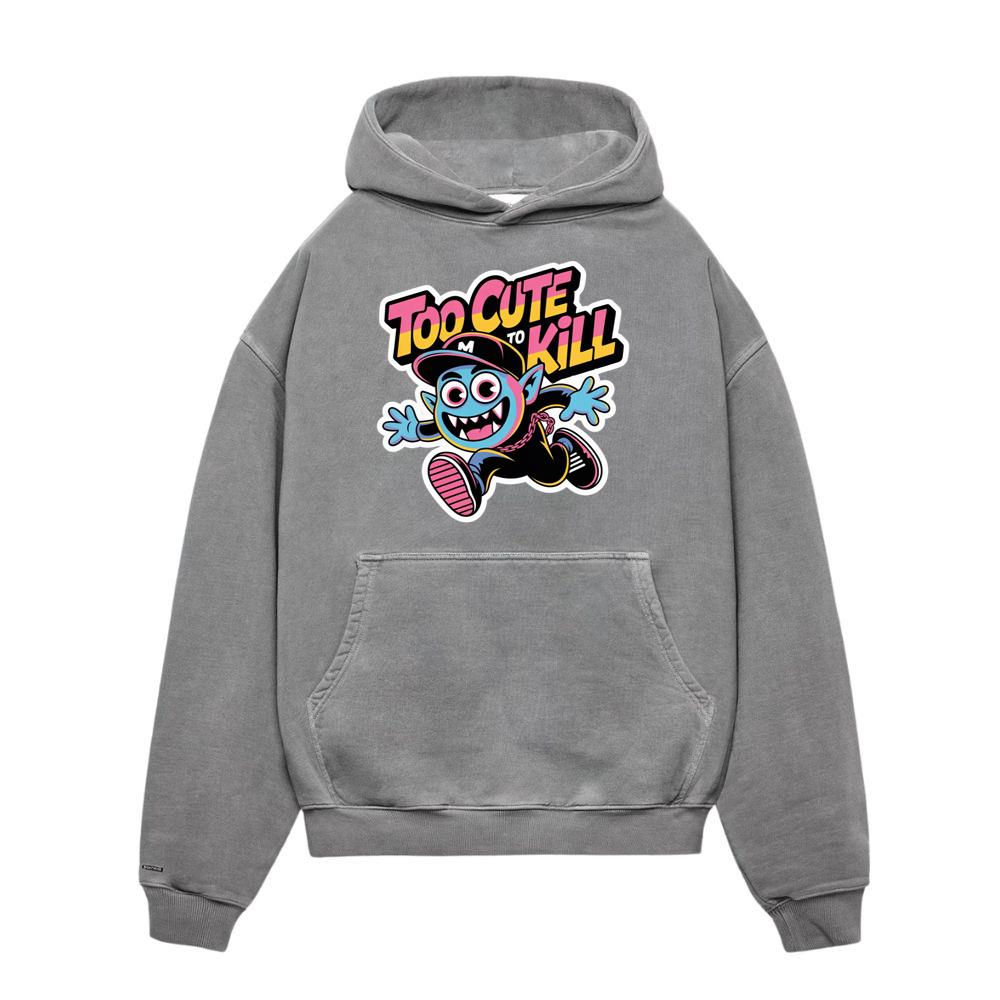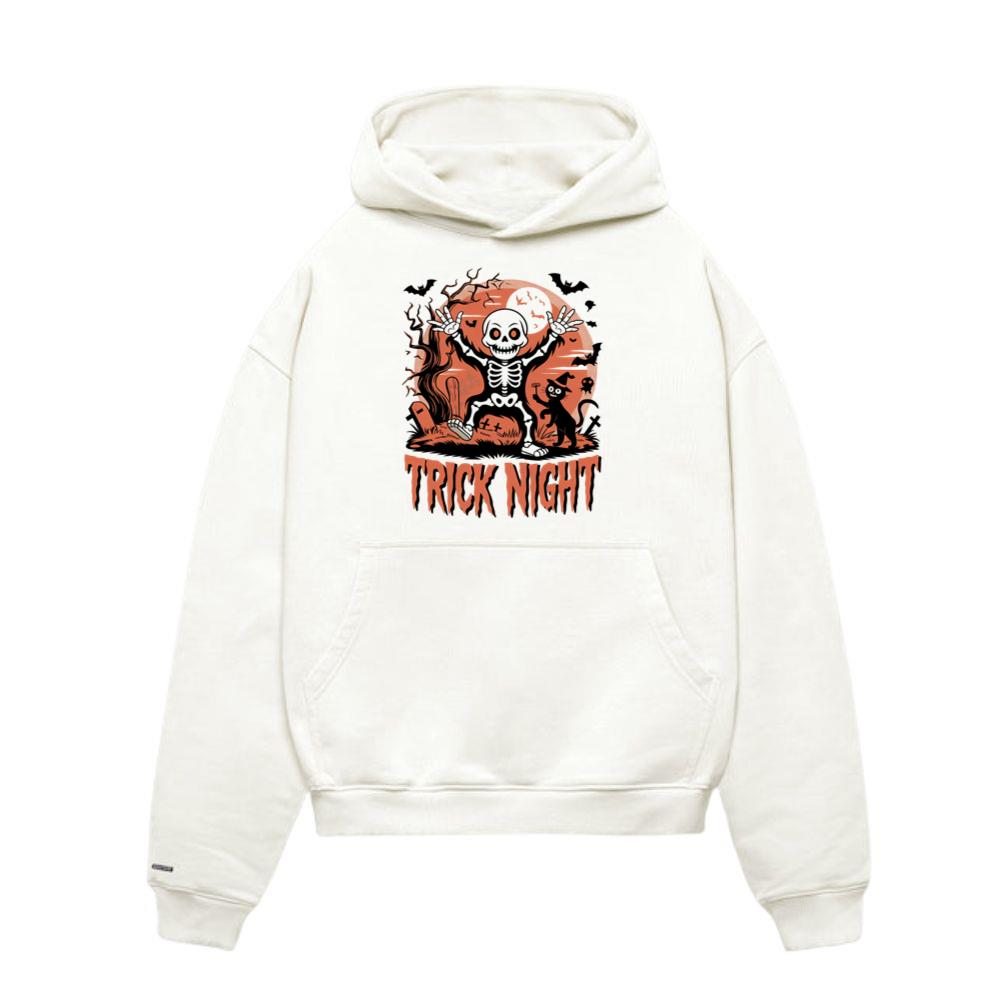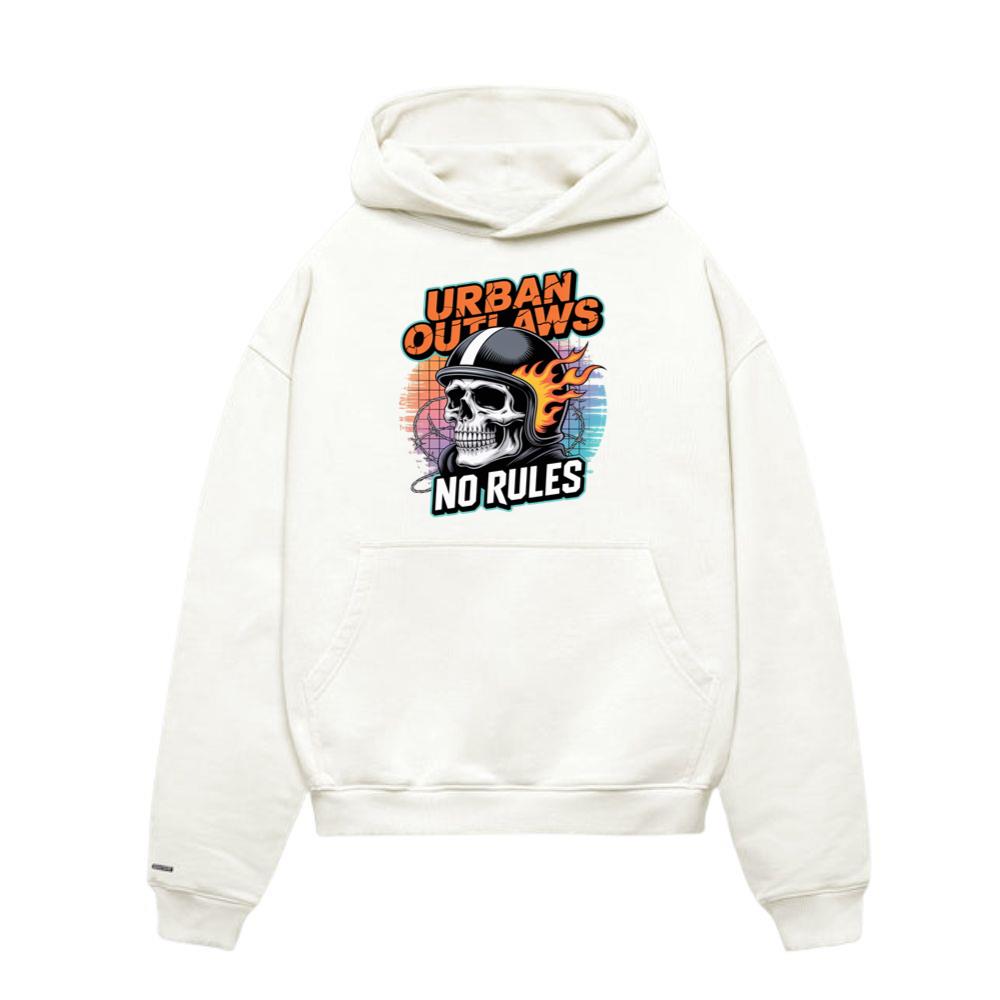Introduction
Fashion has always been more than garments; it is a living narrative that traces society’s values, ambitions, and cultural evolution. In every stitch lies a story, in every silhouette a symbol of transformation. As we move deeper into the 21st century, the future of fashion is being reshaped not just by design, but by the merging of innovation and identity. No longer confined to seasonal trends or surface beauty, fashion now stands at the crossroads of technology, sustainability, diversity, and self-expression.
Today’s consumer is no longer satisfied with clothing that merely covers the body. Instead, people seek pieces that align with who they are, what they believe, and how they wish to be perceived in an increasingly connected world. This convergence of innovation and identity is redefining wardrobes, runways, and retail alike. From virtual clothing in digital spaces to smart textiles that adapt to the body, fashion is stepping into an era where creativity and consciousness coexist.
The journey ahead is not simply about predicting the next trend but about examining the deeper forces that will guide how we create, wear, and relate to clothing. This article explores the sweeping changes shaping the fashion landscape of tomorrow—uncovering how innovation fuels design and how identity finds new forms of expression through style.
Fashion as a Mirror of Identity
Clothing has always served as a language of the self. Long before fashion weeks and designer labels, attire revealed one’s tribe, status, or cultural belonging. From ceremonial robes to urban streetwear, garments have carried meaning far beyond utility. Today, that symbolic power has only intensified.
In a world dominated by digital connections and globalized storytelling, fashion provides a tangible way to anchor identity. A jacket is not just fabric; it may embody rebellion, elegance, nostalgia, or resilience. Sneakers may signal creativity, activism, or community. A dress can become both a shield and a proclamation.
The link between identity and fashion is deepened by inclusivity movements that challenge old norms. Gender-neutral collections, adaptive clothing for people with disabilities, and culturally rooted designs reclaim narratives once erased by mass homogenization. Every piece of clothing now has the potential to carry cultural pride, political statement, or personal truth.
As identities become layered—online and offline, private and public—fashion evolves as the most immediate form of translation. The future of fashion will continue to amplify individuality, allowing people not to blend in, but to stand out in ways that reflect their authentic selves.
Innovation as the Engine of Transformation
While identity gives fashion its meaning, innovation fuels its reinvention. The industry today is at the forefront of technological experimentation, with breakthroughs that are revolutionizing both the creative and functional aspects of design.
Smart textiles are leading the charge. Fabrics embedded with sensors can regulate temperature, monitor health, and adapt to changing conditions. Imagine a jacket that warms you in winter yet cools you in summer, or a shirt that tracks your heartbeat during exercise. These garments redefine utility, transforming fashion into a performance tool.
Digital design has also democratized creativity. 3D printing allows designers to craft intricate patterns without waste, while AI-driven tools generate unique silhouettes at unprecedented speed. Virtual clothing, existing only in digital realms, offers consumers the chance to experiment with bold looks without physical production—ushering in a sustainable yet expressive way of dressing.
Retail is also evolving. Augmented reality fitting rooms, AI-powered style recommendations, and personalized digital shopping journeys bridge the gap between convenience and individuality. Fashion houses are not only creating clothes but also experiences, blurring the lines between physical and virtual identity.
Innovation does not replace creativity; it amplifies it. By giving designers new tools and consumers new possibilities, technology enables fashion to push beyond imagination into realms once considered science fiction.
Sustainability as Fashion’s Moral Compass
No vision of the future is complete without addressing sustainability. For decades, fashion has faced criticism for its environmental footprint—from resource-intensive cotton farming to fast fashion waste. Today, sustainability is no longer a choice but a necessity.
Forward-thinking brands are reimagining the lifecycle of clothing. Circular fashion—where garments are designed for recycling, repair, and resale—is becoming mainstream. Alternative materials, such as mushroom leather, pineapple fiber, and lab-grown textiles, challenge traditional production methods while reducing ecological harm.
Consumer behavior is also shifting. Younger generations prioritize authenticity and transparency, often choosing brands that share their environmental values. Resale platforms, rental services, and clothing swaps are redefining ownership, replacing the notion of “new” with “meaningful.”
Sustainability also extends into ethical responsibility. Fair wages, safe working conditions, and respect for artisan communities are now integral to a brand’s integrity. To move fashion forward is not only to innovate but to do so with accountability—ensuring that beauty and ethics are woven into the same fabric.

